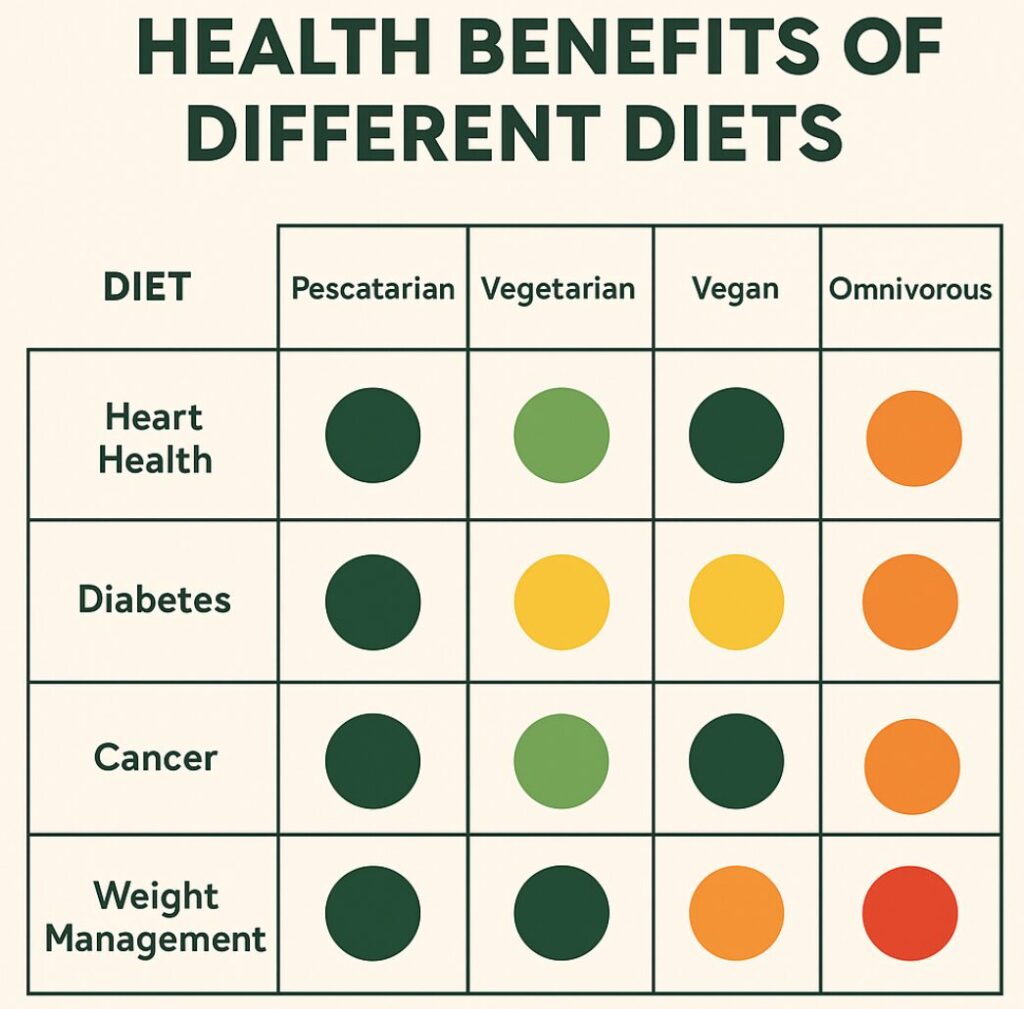This is a high level overview covering some key parts of the Autonity ecosystem. Future posts may include walk-throughs or guides.
As mentioned in previous articles, Autonity is a new public EVM-compatible blockchain built specifically for decentralized clearing of futures contracts. In plain terms, it’s a blockchain made to run and settle smart futures contracts using real-world data such as inflation, unemployment, and GDP.
Autonity has two native tokens: ATN for gas (transaction fees) and NTN for staking (securing the network). Its mainnet launched on August 12, 2025. Before mainnet, the community ran several incentivized testnets (Piccadilly and Tiber) where participants tested the system with various competitions. The Bakerloo testnet is live and mirrors mainnet’s production settings.
Getting Started (Wallet, Tokens, and Bridges)
To use Autonity, first set up a Web3 wallet (like MetaMask or Coinbase Wallet) in your browser. Then add the Autonity network to it. You can use Chainlist.org or manually enter the network details (Chain ID 65000000).
You’ll need ATN in your wallet to pay for gas. ATN for mainnet can be acquired by bridging (via Proto USD bridge by VIA Labs) USDC from other chains (like Polygon) into Autonity or by swapping in an AMM.
During the testnet competitions there were several AMMs. As mentioned in the Discord, there are a couple of Uniswap clones deployed. Most without frontends yet.
On mainnet, a UniV2 clone:
- Factory: 0x4D570019De75c2488740B9F153953802dDdda0Be
- Router: 0xdAC5261966B2Cd26C220f4F4fDB1D7A9468F4BF0
On mainnet, a UniV3 clone:
- Factory: 0x640C1478e1261CC07a804006aBEEa0F657Fd001e
- NonfungiblePositionManager: 0xB55c5C3B1043352C10e5CDD1F0f92dA24e5a8711
- SwapRouter02: 0xEEE015aFC3a12d330cB9Ee603D1F11FDd320848a
- QuoterV2: 0x8f85b46133a4D55372BCf212aB012A02803F9b45
On Bakerloo testnet, a UniV2 clone:
- Factory deployed at: 0x9709D1709bDE7C59716FE74D3EEad0b1f12D3944
- Router deployed at: 0x13a3a74463218D123596386D3E36bd1aC13DCFE2
On Bakerloo testnet, a UniV3 clone:
- UniswapV3Factory: 0xCa5df1F426Db6cAE41B8E22404934BAfa986532f
- SwapRouter: 0x6A613f3aC76eEA735F92911522FE4D6B4B1dAd4f
- WATN: 0x7152e69E173D631ee7B8df89b98fd25decb7263D
- USDCx deployed at: 0x90488152F52e1aDc63CaA2CDb6Ad84F3AEC1df3E
Anyone can obtain ATN for the Bakerloo testnet via a (daily) faucet via FaucetMe.
Note also that during the Forecastathon competition, Autonity uses a fake stablecoin USDz for collateral) at address (0xAB436b), which you can add to your wallet to see your balance.
Autonomous Futures Protocol (AFP)
At Autonity’s core is the Autonomous Futures Protocol (AFP) – an on-chain clearing system for futures contracts on any data series. Unlike typical DeFi futures, AFP decouples trading from clearing: any exchange or trading platform can plug in, and all trades share a common on-chain margin account system (see the DCC paper). In practice, AFP lets anyone create a new futures product (e.g. “US CPI Oct 2025”) that settles on real-world data. When you trade, your positions and collateral are managed in a public on-chain margin account within AFP. All of AFP’s logic (netting, mark-to-market pricing, auto-liquidation) runs on Autonity, so it’s transparent and automatic and not tied to a specific trading venue.
Getting and Funding an AFP Account: To trade on AFP, you need collateral. For the Forecastathon, collateral is automatically provided as: 100,000 “play” USDz, plus a little bit of ATN for gas. Once funded, the user deposits USDz into their AFP margin account:
- Visit the Forecastathon site: Go to forecastathon.ai/margin-account and click “Connect Wallet.” Use the same wallet you registered with.
- Sign in (gas-less): A pop-up will ask you to sign a (gasless) message. This just proves wallet ownership.
- Deposit collateral: Click Deposit on the USDz row, enter an amount (e.g. all 100,000 USDz), and confirm. (You’ll pay a small ATN fee for this on-chain transaction.)
After depositing, your on-chain AFP margin account is ready and appears on the site. You can deposit more USDz later if needed; the account is managed by a smart contract on Autonity.
Once the Forecastathon is completed users can continue to use ATN or USDC as collateral.
Trading on Autex (On-Chain CLOB)
The first trading venue for AFP is Autex, an on-chain central limit order book (CLOB). Autex is a browser-based exchange (at autex.exchange) that connects to AFP. Here’s how to trade:
- Choose a market: In your connected wallet, go to autex.exchange and open the Products list. You’ll see futures like US Unemployment rate, US GDP, US CPI. (These are “Forecast Futures” that settle on data.)
- Select a contract: Pick a product and month, then provide a “BUY” or “SELL” limit order. Enter the quantity of contracts and the price you want (in USDz). The UI will show how much initial margin (IM) is needed; make sure your available margin (USDz in the account) is ≥ IM.
- Sign your order (gaslessly): When you submit the order, your wallet will pop up to sign it. This signature is gas-free: it’s only a cryptographic proof of intent, not a blockchain transaction. The actual trade data is sent to AFP on-chain by the matching engine.
- Order management: Your open orders show up under “Open Orders” until they fill. When an order executes, the on-chain clearing system transfers collateral and PnL automatically. You can view your positions and profit/loss on Autex (under “Positions” and “Order History”). Any order execution details (with on-chain tx IDs) appear in history.
All trading on Autex occurs on Autonity mainnet (the same final ledger and data as any other chain transaction). During the first half of the Forecastathon, the Autex was the sole exchange, but the AFP design allows other venues to launch later. Season 1 of the Forecastathon saw 275,000+ trades on Autex.
Exploring and Monitoring Data
- AutonityScan: a block explorer where you can browse blocks, transactions, addresses, and contracts. This is a BlockScout-based explorer just like Etherscan, adapted for Autonity’s Mainnet. You can search any TX hash or wallet to see on-chain history.
- AFP Explorer: The AFP Explorer is a special front end for AFP data. It works like a block explorer for futures products: you can lookup any AFP product (by its contract) or your margin account to see positions and history (this is independent of the Autex). It displays settlement prices, open interest, trades, and futures products.
- Autex Products List: You can also see tradable products directly on Autex’s interface. The
/productspage lists all active contracts (e.g. CPI, Unemployment, GDP) with ticker codes and next data date. - Stakeflow (Validators & Oracles): For network health and validator info, use the Stakeflow Autonity page. Stakeflow is a multi-chain explorer that shows the active validators, their total stake, commission, uptime, and even oracle data feeds. (For example, it shows which price oracles each validator runs.) Viewing a validator’s profile will show identity info and commission rates. Stakeflow makes it easy to research validators before staking.
- Liquidity Pools: Leibniz and other AMMs (mentioned above)
Command-Line Tools (CLI)
Lastly, for developers or power users, Autonity offers a command-line interface Autonity CLI (the aut tool). This Python-based CLI (on GitHub) lets you do everything from the terminal. With it you can create accounts, check balances of ATN or ERC-20 tokens, send transactions, deploy or call smart contracts, query block data, and even manage staking and validator operations. It connects directly to any Autonity JSON-RPC node. To install, you use pipx install autonity-cli and then run commands like aut transfer, or aut query-block. (See the README on GitHub for details.)
The next post will take another look at comparing the AFP (and forecast futures) with other existing infrastructure categories.



